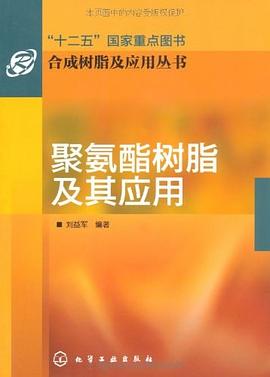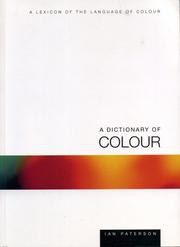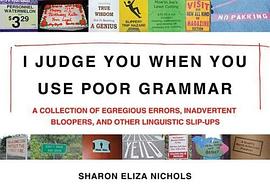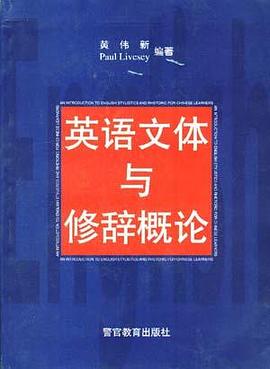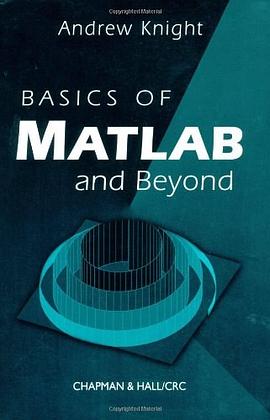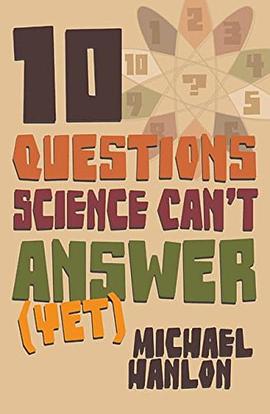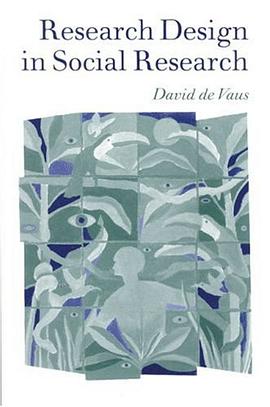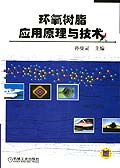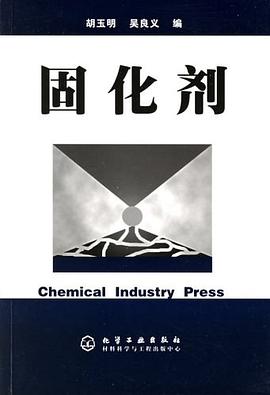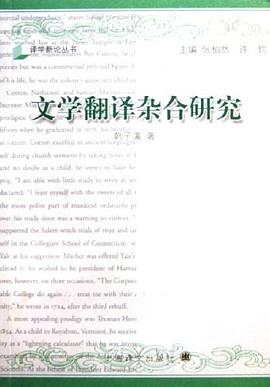
Basic Concepts and Models for Interpreter and Translator Training pdf epub mobi txt 电子书 下载 2026
- 口译理论
- 翻译
- 英文原版
- 同传
- 学术
- 非文学
- 翻译研究
- 精力分配模式
- 口译
- 翻译
- 培训
- 概念
- 模型
- 语言学
- 应用语言学
- 教学法
- 翻译理论
- 口译理论

具体描述
作者简介
This book is based on the author’s many years of experience as a practitioner, teacher and researcher in translation and conference interpreting. It is written for I/T trainers who are in search of a methodological basis for their teaching program. The author deals with essential translation and interpretation phenomena and difficulties encountered by students and professionals alike. The underlying theory is based on insights from psycholinguistics, cognitive psychology and I/T research. The ‘concepts’ and ‘models’ are easy to understand and the chapters include teaching suggestions and examples
目录信息
Introduction 1
chapter 1 Theoretical components in interpreter and translator training 5
1. The role of training in interpreting and translation 5
2. The components of Translation competence 8
3. The diversity of training requirements 10
3.1 Initial training programmes for newcomers to Translation 11
3.2 Conversion courses/further training/continuing education
for practicing Translators 11
4. The need for optimization in formal Translator training 12
5. The process-oriented approach in Translator training 14
6. Potential benefits of theoretical components in interpreter and translator training 16
7. Potential criteria and rules for theoretical components for training 18
8. Where and how to find theoretical components for Translator training 20
9. The models 21
10. This chapter’s main ideas 23
chapter 2 Communication and quality in interpreting and translation 25
1. Introduction 25
2. Professional Translation: An act of communication 26
2.1 School Translation vs. Professional Translation 26
2.2 The actors’ configuration in professional Translation 27
2.3 Awareness of Translation and its effects 28
3. Aims and intentions 29
3.1 Fundamental aims and intentions 29
3.2 Macro-level and micro-level aims 30
3.3 The communication actors’ aims and professional loyalty 31
3.3.1 Convergence and divergence of aims 31
3.3.2 Professional loyalty 33
4. Content and packaging 35
5. Quality 37
5.1 The criteria 37
5.2 Discourse and quality components 38
5.3 The perception of quality: Positions 39
5.4 The perception of quality: Motivation and attention 43
5.5 Behavioural components of quality 44
6. Social status and quality 45
7. Teaching suggestions 46
8. What students need to remember 48
Appendix – A demonstration in the classroom for written translation 49
French translation 50
Source-language text 51
chapter 3 Fidelity in interpreting and translation 52
1. Introduction 52
2. An experiment in fidelity 53
2.1 Phase one: Verbalizing a simple idea 54
2.1.1 Framing Information 57
2.1.2 Linguistically/Culturally Induced Information 58
2.1.3 Personal Information 59
2.2 Phase two, version 1: Translating a simple statement 60
2.3 Phase two, version 2: Immediate replication 61
3. Principles of fidelity 62
3.1 The Message 62
3.2 Framing Information 63
3.3 Linguistically/Culturally Induced Information 64
3.4 Personal Information 65
3.5 Conclusion 65
4. Secondary Information: An obstacle and a help 68
4.1 The language-specificity of LCII-generated problems 69
4.2 Interpreting vs. translation from the secondary information perspective 70
5. Teaching suggestions 71
5.1 The experiment 71
5.2 A road-map metaphor 73
6. What students need to remember 74
Appendix A 74
Appendix B 76
· · · · · · (收起)
读后感
评分
评分
评分
评分
用户评价
macquarie
评分macquarie
评分和翻译市场标准对比看还是蛮有意思的
评分macquarie
评分和翻译市场标准对比看还是蛮有意思的
相关图书
本站所有内容均为互联网搜索引擎提供的公开搜索信息,本站不存储任何数据与内容,任何内容与数据均与本站无关,如有需要请联系相关搜索引擎包括但不限于百度,google,bing,sogou 等
© 2026 book.wenda123.org All Rights Reserved. 图书目录大全 版权所有




